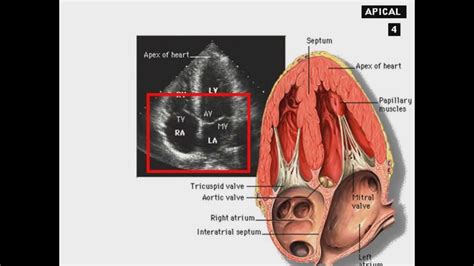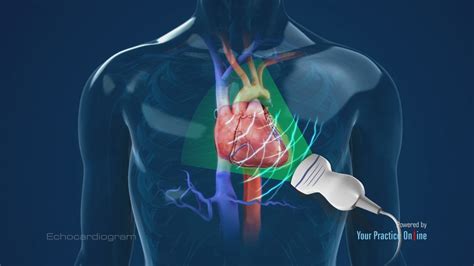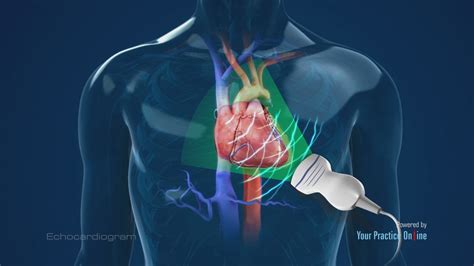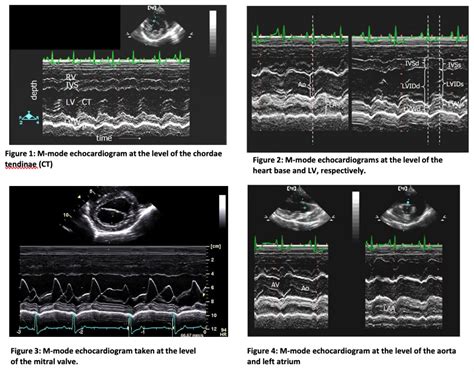Intro
The importance of understanding how the heart functions cannot be overstated, as it is the core of our overall health and wellbeing. One of the most effective tools used to assess heart health is the cardioechogram, also known as an echocardiogram. This non-invasive test uses high-frequency sound waves to create images of the heart, allowing doctors to examine its structure and function in detail. The cardioechogram has become a crucial diagnostic tool in the field of cardiology, helping to identify a range of heart conditions and guiding treatment decisions. In this article, we will delve into the workings of the cardioechogram, exploring its mechanisms, benefits, and applications in depth.
The cardioechogram is a versatile diagnostic tool that offers a wealth of information about the heart's anatomy and function. By using sound waves to generate images of the heart, doctors can assess the size, shape, and movement of the heart's chambers and valves, as well as the flow of blood through the heart. This information is essential for diagnosing and managing a range of heart conditions, including heart valve disorders, heart failure, and coronary artery disease. As we explore the workings of the cardioechogram, we will examine the different types of echocardiograms, their applications, and the benefits they offer in terms of diagnostic accuracy and patient care.
The cardioechogram has revolutionized the field of cardiology, providing a safe, non-invasive, and highly effective means of assessing heart health. With its ability to generate detailed images of the heart, the cardioechogram has become an indispensable tool for doctors, allowing them to diagnose and manage heart conditions with greater accuracy and confidence. As we explore the mechanisms and applications of the cardioechogram, we will examine the different ways in which it works, including its use of sound waves, Doppler technology, and stress testing. By understanding how the cardioechogram works, we can appreciate its importance in maintaining heart health and preventing cardiovascular disease.
Introduction to Cardioechogram

Types of Cardioechogram
The cardioechogram comes in several forms, each with its own unique applications and benefits. The most common types of echocardiograms include: * Transthoracic echocardiogram (TTE): This is the most common type of echocardiogram, which uses sound waves to create images of the heart from outside the chest. * Transesophageal echocardiogram (TEE): This type of echocardiogram uses a probe inserted through the mouth and into the esophagus to create images of the heart from inside the chest. * Stress echocardiogram: This type of echocardiogram uses sound waves to create images of the heart before and after exercise, allowing doctors to assess the heart's function under stress. * Fetal echocardiogram: This type of echocardiogram uses sound waves to create images of the heart in unborn babies, allowing doctors to diagnose and manage congenital heart defects.How Cardioechogram Works

Benefits of Cardioechogram
The cardioechogram offers a range of benefits, including: * Non-invasive: The cardioechogram is a non-invasive test, which means it does not require any needles, surgery, or other invasive procedures. * Low cost: The cardioechogram is a relatively low-cost test, making it an accessible diagnostic tool for patients. * High diagnostic accuracy: The cardioechogram is a highly effective diagnostic tool, offering high diagnostic accuracy and sensitivity. * Safe: The cardioechogram is a safe test, with no known risks or side effects.Applications of Cardioechogram

Limitations of Cardioechogram
While the cardioechogram is a highly effective diagnostic tool, it does have some limitations, including: * Limited view: The cardioechogram may not provide a complete view of the heart, particularly in patients with obesity or lung disease. * Operator dependence: The cardioechogram is operator-dependent, which means the quality of the images and the accuracy of the diagnosis depend on the skill and experience of the technician. * Limited availability: The cardioechogram may not be available in all healthcare settings, particularly in rural or underserved areas.Future of Cardioechogram

Conclusion and Recommendations
In conclusion, the cardioechogram is a highly effective diagnostic tool that offers a range of benefits, including non-invasive, low-cost, and high diagnostic accuracy. Its applications in the field of cardiology are diverse, including diagnosing heart valve disorders, heart failure, and coronary artery disease. While it does have some limitations, the cardioechogram is a valuable tool for guiding treatment decisions and improving patient outcomes. As technology continues to advance, we can expect to see improvements in the diagnostic accuracy and sensitivity of the cardioechogram, as well as expanded access to its services.We invite you to share your thoughts and experiences with the cardioechogram in the comments below. Have you undergone a cardioechogram? What were your experiences? Do you have any questions or concerns about the test? Share your stories and help others understand the importance of this diagnostic tool. Additionally, if you found this article informative and helpful, please share it with your friends and family on social media. Together, we can promote heart health and prevent cardiovascular disease.
What is a cardioechogram?
+A cardioechogram, also known as an echocardiogram, is a non-invasive test that uses high-frequency sound waves to create images of the heart.
What are the benefits of a cardioechogram?
+The benefits of a cardioechogram include its non-invasive nature, low cost, and high diagnostic accuracy, making it a valuable tool for guiding treatment decisions and improving patient outcomes.
What are the limitations of a cardioechogram?
+The limitations of a cardioechogram include its limited view, operator dependence, and limited availability, particularly in rural or underserved areas.
